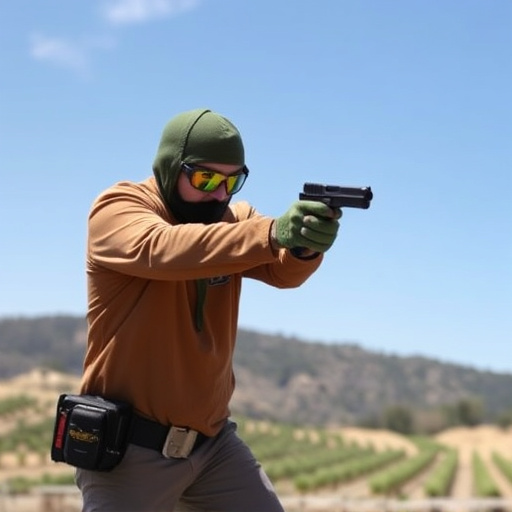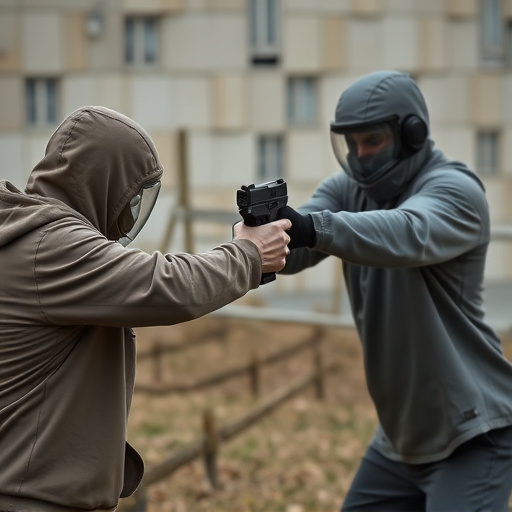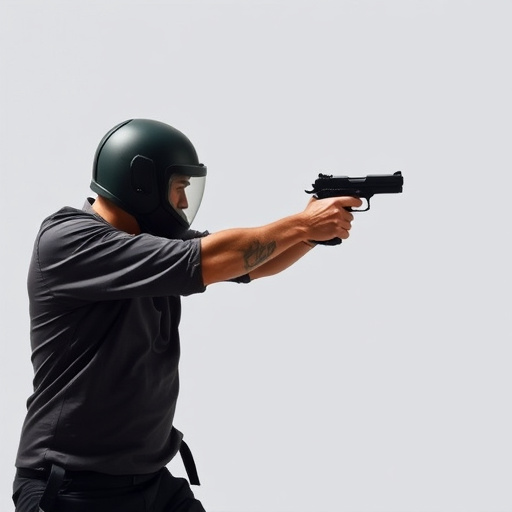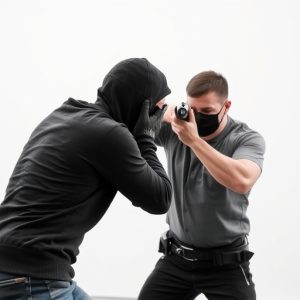Concealing Compact Stun Guns: Ensuring Safety While Carrying for Women
Compact stun guns designed for purse carry have gained popularity as a discreet personal safety meas…….
Compact stun guns designed for purse carry have gained popularity as a discreet personal safety measure, integrating seamlessly into daily life. However, their advanced concealment methods pose challenges for detection. Stun gun detection technologies, leveraging metal detectors, sensors, and machine learning, are advancing to balance sensitivity and accuracy. Innovations in hardware and software aim to improve security without disrupting public spaces or causing false alarms, addressing the growing need for effective protection in crowded areas.
In today’s world, personal safety is a top concern, leading many individuals to consider concealed stun gun carry. The compact stun guns designed for purse storage have gained popularity due to their discreet nature and ease of access. However, navigating the challenges of detection poses significant issues. This article delves into understanding stun gun detection technologies, exploring the rise of compact purse stun guns, and discussing potential challenges and safety enhancements to mitigate detection concerns for responsible carry.
- Understanding Stun Gun Detection Technologies
- The Rise of Compact Purse Stun Guns: A Popular Choice
- Potential Challenges and Considerations for Concealment
- Enhancing Safety: Mitigating Detection Concerns
Understanding Stun Gun Detection Technologies

Stun gun detection technologies have evolved significantly, driven by advancements in material science and electronics. These systems employ a variety of methods to identify concealed stun guns, ranging from metal detectors to advanced sensors that can detect unique electrical signatures. One notable area of focus is the development of compact stun gun detectors designed for discreet carry, such as those meant to be attached to purses or pockets. These devices offer enhanced security in crowded spaces like concerts, sports events, and public transportation hubs where stun guns may be concealed under clothing.
The challenge with these technologies lies in balancing sensitivity and accuracy to avoid false positives while still ensuring swift detection during emergencies. Researchers are continually refining algorithms and sensor technology to improve the reliability of stun gun detection systems. Incorporating machine learning capabilities promises to further enhance their effectiveness, allowing them to adapt to new models and techniques used in designing stun guns.
The Rise of Compact Purse Stun Guns: A Popular Choice

The trend of concealed self-defense weapons has seen a significant shift towards compact stun guns designed specifically for purse carry. This growing popularity is driven by women’s increasing interest in personal safety and the need for easily accessible, discreet defense options. These miniature stun devices fit comfortably inside purses or clutches, offering peace of mind while running errands or enjoying evening outings.
With their sleek designs and lightweight build, compact stun guns for purse carry have become a preferred choice for individuals seeking an extra layer of security without drawing attention. The convenience factor is undeniable—a small device that can deliver a powerful electric shock when needed, making it an attractive solution to traditional self-defense weapons.
Potential Challenges and Considerations for Concealment

When it comes to concealed stun gun detection, one of the primary challenges lies in the ever-evolving nature of concealment methods and the tools used for detection. With advancements in technology, compact stun guns designed for purse carry have become increasingly sophisticated, blending seamlessly with everyday accessories. These tiny devices present a unique conundrum for security personnel; they are often difficult to discern from regular items, making their presence invisible until activated.
The challenge extends beyond the physical attributes of these stun guns. Effective detection also requires addressing the behavior and awareness of both individuals and security measures. Training and education play a crucial role in identifying potential carriers, as human observation can sometimes be hindered by factors like distance, distraction, or the element of surprise that stun gun users might attempt to exploit.
Enhancing Safety: Mitigating Detection Concerns

Enhancing safety through advanced technology is a growing concern, especially regarding concealed weapons detection. With the popularity of compact stun guns designed for purse carry, there’s a corresponding need to address detection challenges. Many public spaces and venues now employ advanced metal detectors and other sensor technologies to ensure security, raising questions about how these tools interact with everyday carriers of self-defense devices.
Innovations in both hardware and software are addressing these concerns. Compact stun guns equipped with non-metallic materials and unique designs can help mitigate false alarms, allowing for quicker identification as non-threatening items. Additionally, developments in sensor technology are becoming more sophisticated, learning to differentiate between metal objects and potentially harmful devices through advanced algorithms and machine learning.
As we’ve explored, concealed stun gun detection technologies present unique challenges and opportunities. The growing popularity of compact stun guns designed for purse carry highlights a need for balance between personal safety and security measures. To enhance safety, it’s crucial to stay informed about the latest in detection technology while advocating for responsible carrying practices. By understanding potential risks and taking proactive steps, individuals can ensure they remain protected without compromising their privacy.


